Home>Dining>Tableware>How High Should A Light Be Positioned Above A Dining Table?
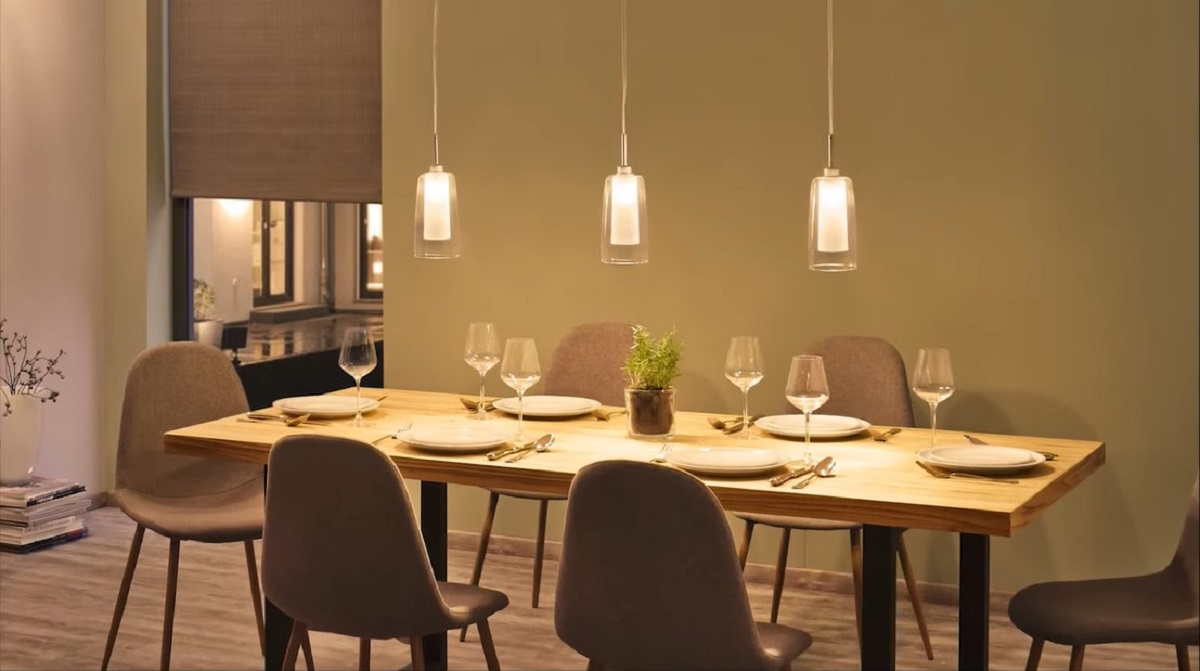

Tableware
How High Should A Light Be Positioned Above A Dining Table?
Modified: January 6, 2024
Discover the ideal height for positioning your dining table light above your tableware. Ensure perfect illumination and create a stunning ambiance with our expert tips and recommendations.
(Many of the links in this article redirect to a specific reviewed product. Your purchase of these products through affiliate links helps to generate commission for Storables.com, at no extra cost. Learn more)
Introduction
When it comes to setting the ambiance in your dining area, the right lighting can make all the difference. A well-positioned light above a dining table not only adds a touch of elegance but also ensures that the space is adequately lit for mealtime gatherings and other activities.
However, determining the ideal height for hanging a light fixture above a dining table can be a bit challenging. There are several factors to consider, including the size and shape of the table, the height of the ceiling, and the desired lighting effect.
In this article, we will explore the various factors to consider when positioning a light above a dining table. We will also provide recommended height guidelines and tips for achieving proper lighting balance in your dining area. So let’s dive right in!
Key Takeaways:
- Properly position dining table lights by considering ceiling height, table size, and lighting style for a balanced and visually appealing ambiance.
- Achieve optimal lighting balance in the dining area by layering light sources, using dimmers, and considering natural light for a comfortable and inviting space.
Factors to Consider When Positioning a Light Above a Dining Table
When deciding on the position of a light above your dining table, there are several important factors to take into consideration. These factors will help ensure that the light is both functional and visually appealing. Let’s take a look at some of these factors:
- Ceiling height: The height of your ceiling plays a significant role in determining the positioning of the light fixture. If you have a high ceiling, you may want to hang the light slightly lower to create a more intimate atmosphere. On the other hand, if you have a low ceiling, you will need to consider a higher position to avoid any obstructions and ensure sufficient clearance.
- Table size and shape: The size and shape of your dining table will also impact the positioning of the light. For rectangular tables, it is generally recommended to center the light fixture over the longest part of the table. For round or square tables, a centered position is usually the best choice.
- Table material and finish: The material and finish of your dining table can affect the way light reflects and disperses. A glossy or reflective surface may require a lower-hanging light to minimize glare, while a matte or textured surface may not be as reflective, allowing for a higher position.
- Lighting style: The style and design of the light fixture should be in harmony with the overall aesthetic of the dining area. Consider the theme and decor of the room to ensure that the chosen fixture complements the space.
- Functionality: Think about the primary purpose of the light above your dining table. If it is purely for decorative purposes, you have more flexibility in terms of height and design. However, if you require adequate task lighting for activities such as reading or working at the table, ensure that the light is positioned at a height that provides sufficient illumination.
By taking into account these factors, you can make an informed decision about the positioning of the light above your dining table. Remember, the goal is to create a visually appealing and functional lighting arrangement that enhances the dining experience for you and your guests.
Recommended Height Guidelines for Hanging Lights Above a Dining Table
When it comes to hanging a light above a dining table, there are some general height guidelines that can serve as a starting point. These recommendations are based on achieving an optimal balance between functionality and aesthetics. Here are the recommended height guidelines to consider:
- Standard height: Typically, the bottom of the light fixture should be positioned between 28 and 34 inches above the table surface. This range allows for sufficient clearance and prevents the light from obstructing the view across the table.
- Height for higher ceilings: If you have a higher ceiling, you may want to increase the height of the light fixture slightly. A good rule of thumb is to add three inches for every additional foot of ceiling height beyond standard 8-foot ceilings. For example, if you have a 10-foot ceiling, you can position the light fixture between 31 and 37 inches above the table surface.
- Height for lower ceilings: Conversely, if your ceiling height is lower than the standard, you may need to adjust the position of the light fixture accordingly. In these cases, it is important to maintain enough clearance between the table and the fixture to avoid any accidental bumps. Consider positioning the light fixture between 24 and 28 inches above the table surface.
- Multiples or linear lights: If you have a longer table or prefer the look of multiple or linear light fixtures, there are guidelines to follow as well. For multiple lights, space them evenly over the length of the table, with each light positioned within the recommended height range. For linear lights, ensure that the bottom of the fixture is parallel to the table surface and adjust the height accordingly.
It is important to note that these height guidelines are not set in stone. Personal preference, the specific dimensions of your dining table, and the style of the light fixture can also influence the final positioning. It is always a good idea to experiment and make adjustments until you find the height that works best for your space.
By following these recommended height guidelines, you can create a visually pleasing lighting arrangement that adds both functionality and beauty to your dining area.
Determining the Height of a Light Based on the Size and Shape of the Dining Table
The size and shape of your dining table play a crucial role in determining the appropriate height for hanging a light fixture. By considering these factors, you can achieve a well-balanced and visually pleasing lighting arrangement. Let’s explore how the size and shape of the table can influence the height of the light:
Rectangular tables: For rectangular tables, the general rule of thumb is to position the light fixture in the center, directly over the longest part of the table. The width of the light fixture should ideally be no more than half of the width of the table to maintain a balanced aesthetic. The height of the light fixture should follow the recommended guidelines mentioned earlier, with the bottom of the fixture positioned between 28 and 34 inches above the table surface.
Round or square tables: When it comes to round or square tables, a centered position for the light fixture is typically the best choice. Aim to position the bottom of the fixture at the same height as you would for a rectangular table, between 28 and 34 inches above the table surface. This ensures that the light is evenly distributed across the table, illuminating the dining area effectively.
Table size: The size of the dining table can also impact the positioning of the light fixture. Larger tables may require a slightly higher hanging height to maintain proportionality and prevent the light from appearing overwhelming. Smaller tables may look better with a slightly lower hanging height to create a more intimate atmosphere. However, it is important to ensure that there is ample clearance between the table and the light fixture to avoid any obstructions or accidental bumps.
Multiples or linear lights: If you have a larger dining area or an extra-long table, you may consider using multiple light fixtures or linear lights. In this case, you can space the light fixtures evenly along the length of the table. Each fixture should follow the recommended height guidelines with the bottom of the fixture positioned between 28 and 34 inches above the table surface. This arrangement provides balanced illumination and adds a stylish touch to the space.
Ultimately, the goal is to achieve a harmonious balance between the size and shape of the dining table and the height of the light fixture. By carefully considering these factors, you can create a visually pleasing and functional lighting setup that enhances your dining experience.
A general rule of thumb is to hang the light 30-36 inches above the table surface for an 8-foot ceiling. For higher ceilings, add 3 inches for every additional foot of ceiling height.
Choosing the Right Style of Light Fixture for Your Dining Table
When it comes to selecting a light fixture for your dining table, choosing the right style is key to creating a cohesive and visually appealing space. The style of the light fixture should complement the overall design aesthetic of your dining area while enhancing the ambiance. Here are some tips to help you choose the perfect style of light fixture:
Consider the room’s decor: Take into account the existing decor and design elements in your dining area. Is it modern, traditional, rustic, or eclectic? Choose a light fixture style that seamlessly integrates with the overall theme of the room. For example, a sleek and minimalistic pendant light can work well in a contemporary space, while a chandelier with intricate detailing can add a touch of elegance to a traditional setting.
Reflect your personal style: Your dining area is an extension of your personal style and taste. Consider your own preferences when selecting a light fixture. Are you drawn to minimalist designs, vintage-inspired fixtures, or bold statement pieces? Don’t be afraid to let your personality shine through in your choice of light fixture.
Consider the table shape and size: The shape and size of your dining table can also influence the style of light fixture that works best. For a rectangular table, consider linear pendant lights or multiple smaller pendants to complement its elongated shape. Round or square tables can be enhanced with a single statement chandelier or a cluster of small pendants. Ensure that the scale and proportion of the light fixture are appropriate for the table size.
Think about the lighting effect: Each type of light fixture offers a unique lighting effect. Consider the type of illumination you want to achieve in your dining area. Chandeliers provide a widespread, ambient light, while pendant lights can offer a more focused and intimate glow. Wall sconces or recessed lights can provide additional accent lighting or highlight specific areas of the dining room.
Take ceiling height into account: The height of your ceiling should also be a factor in selecting a light fixture style. If you have low ceilings, consider flush or semi-flush mount fixtures that provide ample illumination without sacrificing headroom. For higher ceilings, chandeliers or pendant lights with a longer drop can add drama and visual interest to the space.
Consider maintenance and cleaning: Some light fixture styles may require more maintenance and cleaning than others. Intricate chandeliers with multiple crystal or glass elements, for example, may need periodic dusting and cleaning. Consider the practicality of the light fixture in terms of maintenance and choose a style that aligns with your lifestyle.
By considering these factors, you can choose a light fixture style that not only enhances the visual appeal of your dining table but also complements the overall design aesthetic of your dining area. Remember, the right lighting fixture has the power to transform your dining space into a welcoming and enjoyable environment.
Tips for Achieving Proper Lighting Balance in the Dining Area
Achieving proper lighting balance in the dining area is essential for creating a comfortable and inviting space. By considering a few key tips, you can ensure that your dining area is well-lit and visually appealing. Here are some tips for achieving proper lighting balance:
- Layer your lighting: Incorporating multiple layers of light can create a well-balanced and versatile lighting scheme. Start with a central overhead light fixture, such as a chandelier or pendant light, to provide general ambient lighting. Then, add task lighting, such as table lamps or wall sconces, to illuminate specific areas like the dining table for activities like reading or working. Finally, consider accent lighting to highlight artwork, architectural features, or decorative elements in the room.
- Use dimmers: Installing dimmer switches gives you the flexibility to adjust the intensity of the lighting according to the occasion and desired ambiance. Dimmers allow you to create a softer and more intimate atmosphere for dinner parties or a brighter, well-lit space for everyday meals and activities.
- Consider natural light: If your dining area has windows or skylights, make the most of natural light during the day. Position your dining table in an area that receives ample natural light to create a bright and airy environment. Window treatments such as curtains or blinds can also be used to control the amount of natural light entering the space.
- Ensure proper placement of fixtures: Pay attention to the positioning of your light fixtures to avoid any harsh shadows or glare. For overhead fixtures, ensure that the light is evenly distributed across the dining table without creating any dark spots. Table lamps or wall sconces should be placed at appropriate heights to provide task lighting without causing any discomfort or obstruction.
- Mix light sources: Combining different types of light sources can add depth and visual interest to your dining area. Consider using a combination of overhead lighting, table lamps, wall sconces, and even candles to create a warm and inviting atmosphere. This mix will not only provide functional lighting but also add a decorative element to the space.
- Consider the color temperature: The color temperature of the light bulbs can affect the overall mood and ambiance of the dining area. Opt for warm white or soft white bulbs (around 2700-3000 Kelvin) for a cozy and intimate atmosphere. Cooler white bulbs (around 3500-4000 Kelvin) can create a more vibrant and energizing ambiance.
- Highlight focal points: Use lighting strategically to draw attention to focal points in the dining area. Illuminate artwork, architectural features, or a stunning centerpiece on the dining table to create a focal point and add visual interest to the space.
By following these tips, you can achieve a well-balanced and visually pleasing lighting scheme in your dining area. The right lighting balance will not only enhance the overall ambiance but also create a comfortable and inviting space for dining and entertaining.
Conclusion
Properly positioning a light above your dining table is crucial for both functionality and aesthetics. By considering factors such as ceiling height, table size and shape, lighting style, and functionality, you can determine the ideal height and placement of the light fixture. Following recommended height guidelines and considering the size and shape of the table further ensures a balanced and visually pleasing lighting arrangement.
Choosing the right style of light fixture is also essential to create a cohesive and visually appealing dining area. Consider the room’s decor, reflect your personal style, and think about the lighting effect you want to achieve. Ensuring that the light fixture complements the table size and shape further enhances the overall design of the space.
Additionally, balance and layering of lighting sources are key to achieving the optimal lighting balance in your dining area. Incorporating multiple layers of light, using dimmers, and making use of natural light are effective strategies to create a comfortable and versatile dining space. Proper placement of fixtures, mixing light sources, considering the color temperature, and highlighting focal points further enhance the overall lighting scheme.
Remember, the goal is to create a well-lit, visually pleasing, and inviting dining area. By taking into account the factors mentioned and following the tips provided, you can achieve the perfect lighting balance that not only enhances the functionality of the space but also adds a touch of elegance and charm to your dining experience.
So go ahead, explore the possibilities, and create a dining area that is not only a place for delicious meals but also a visual delight.
Frequently Asked Questions about How High Should A Light Be Positioned Above A Dining Table?
Was this page helpful?
At Storables.com, we guarantee accurate and reliable information. Our content, validated by Expert Board Contributors, is crafted following stringent Editorial Policies. We're committed to providing you with well-researched, expert-backed insights for all your informational needs.
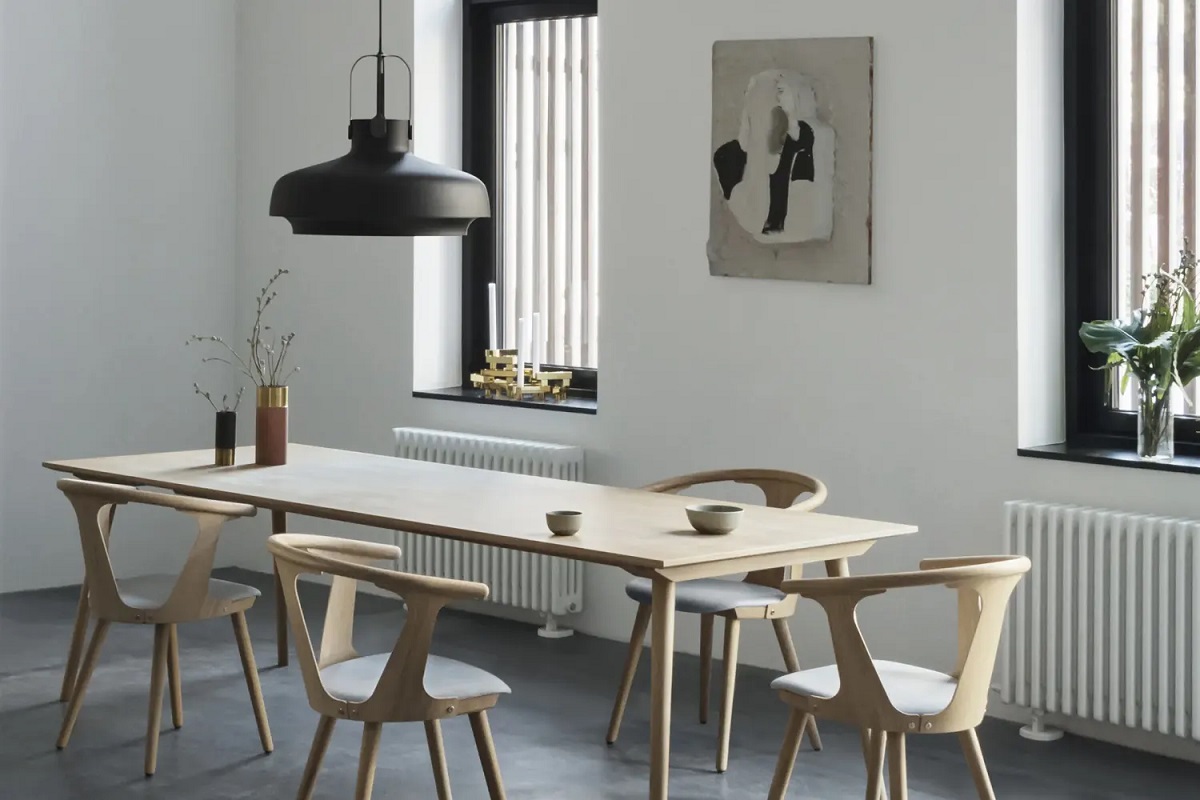
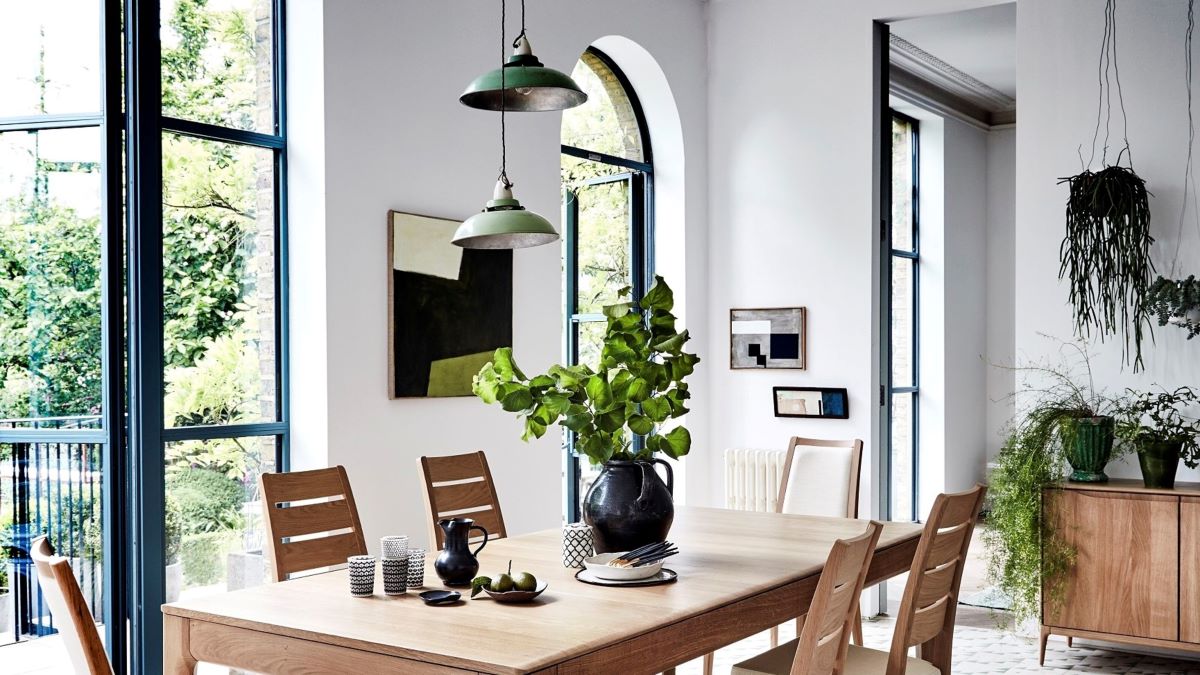
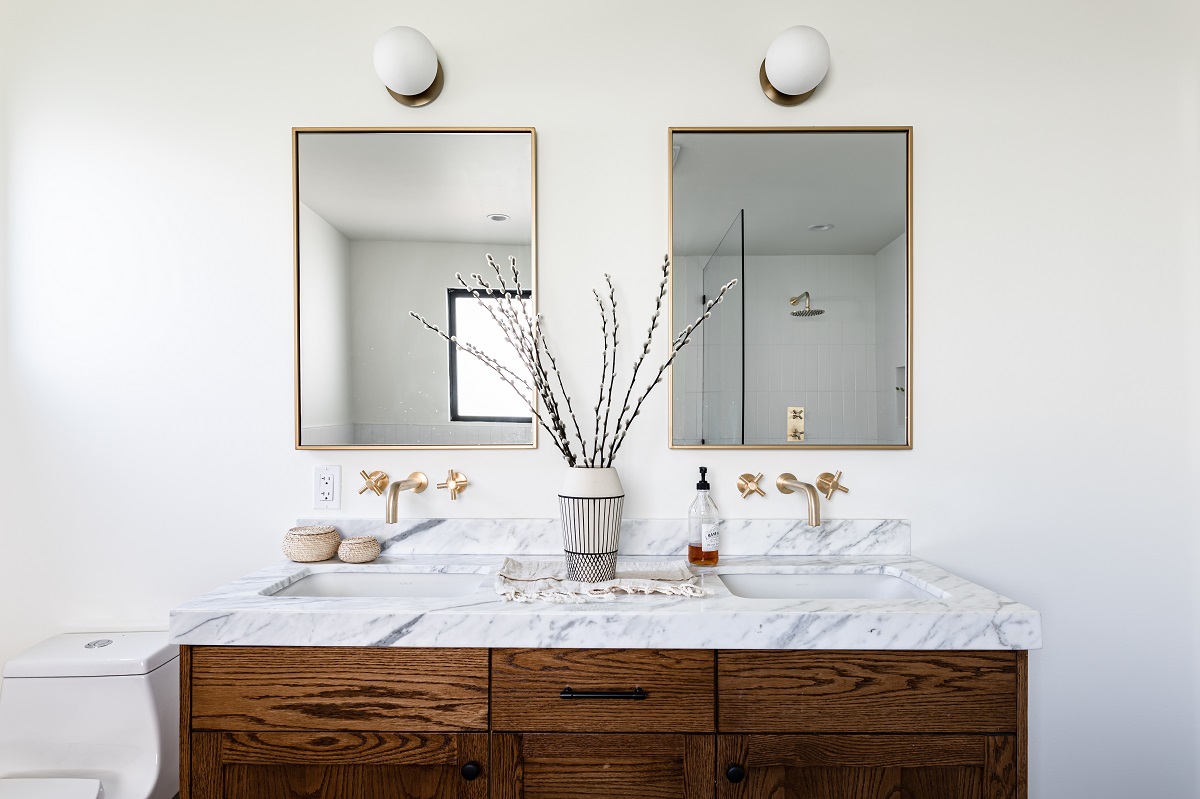
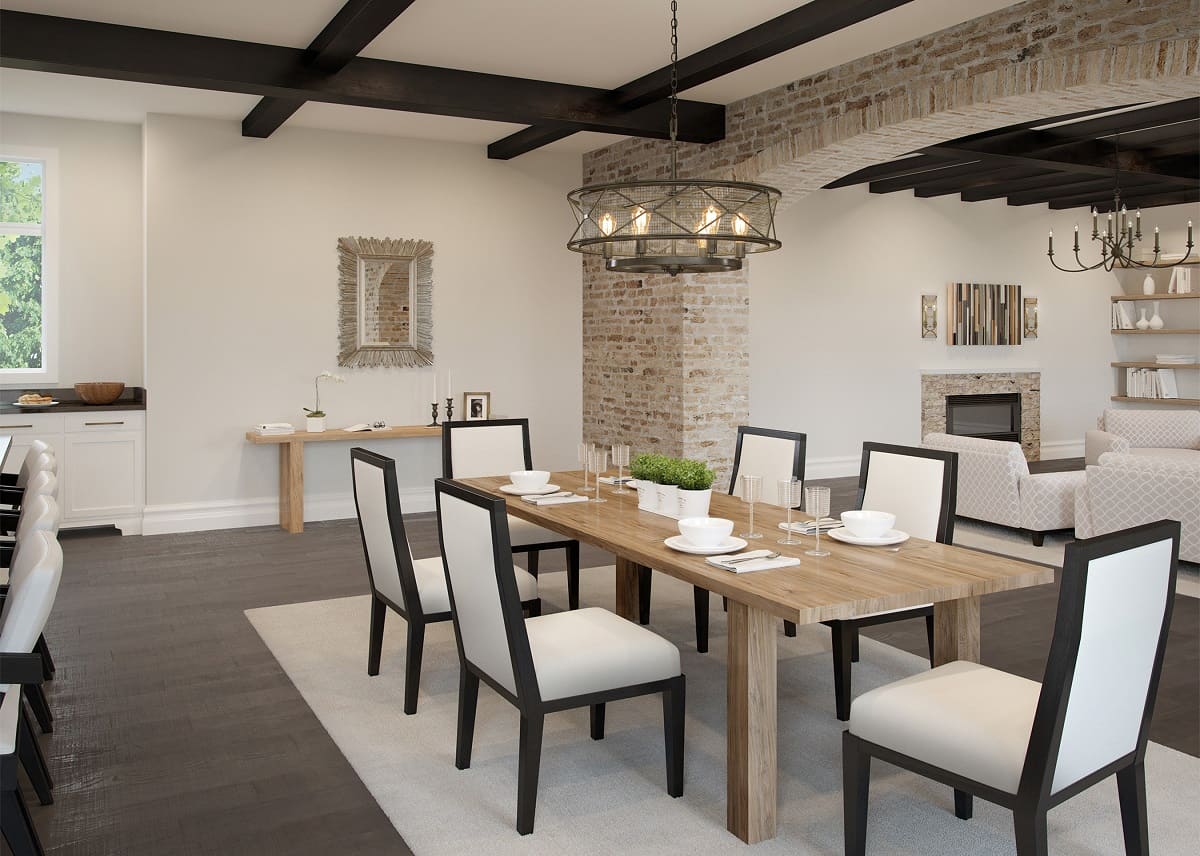
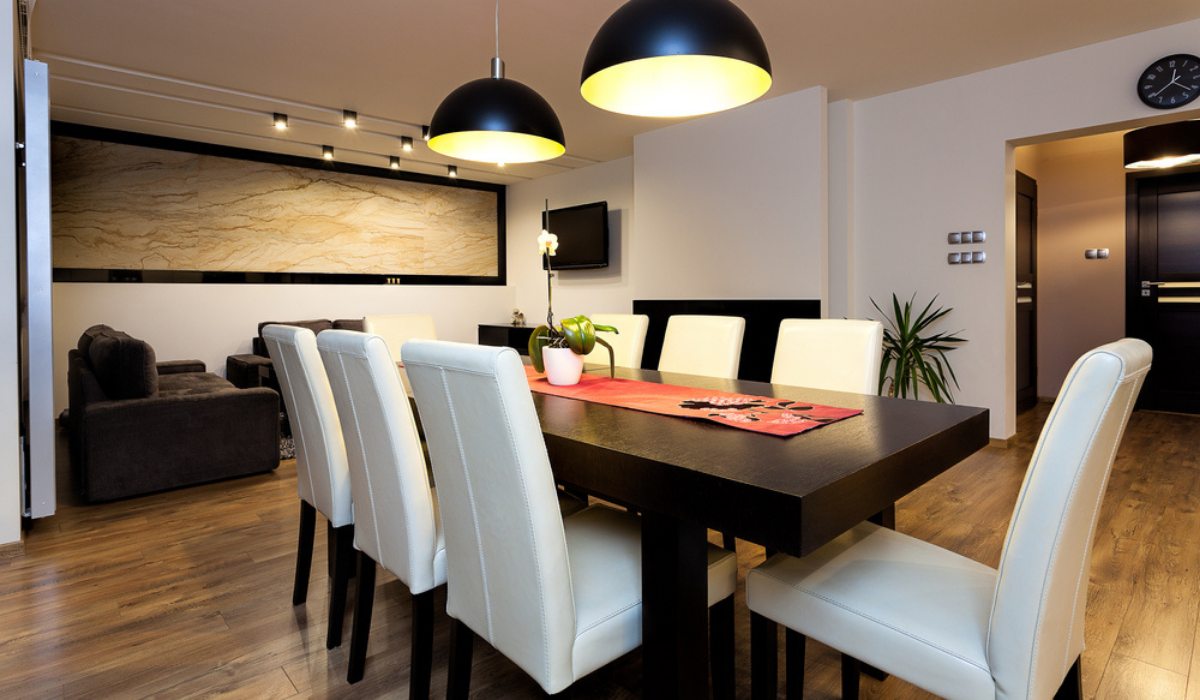
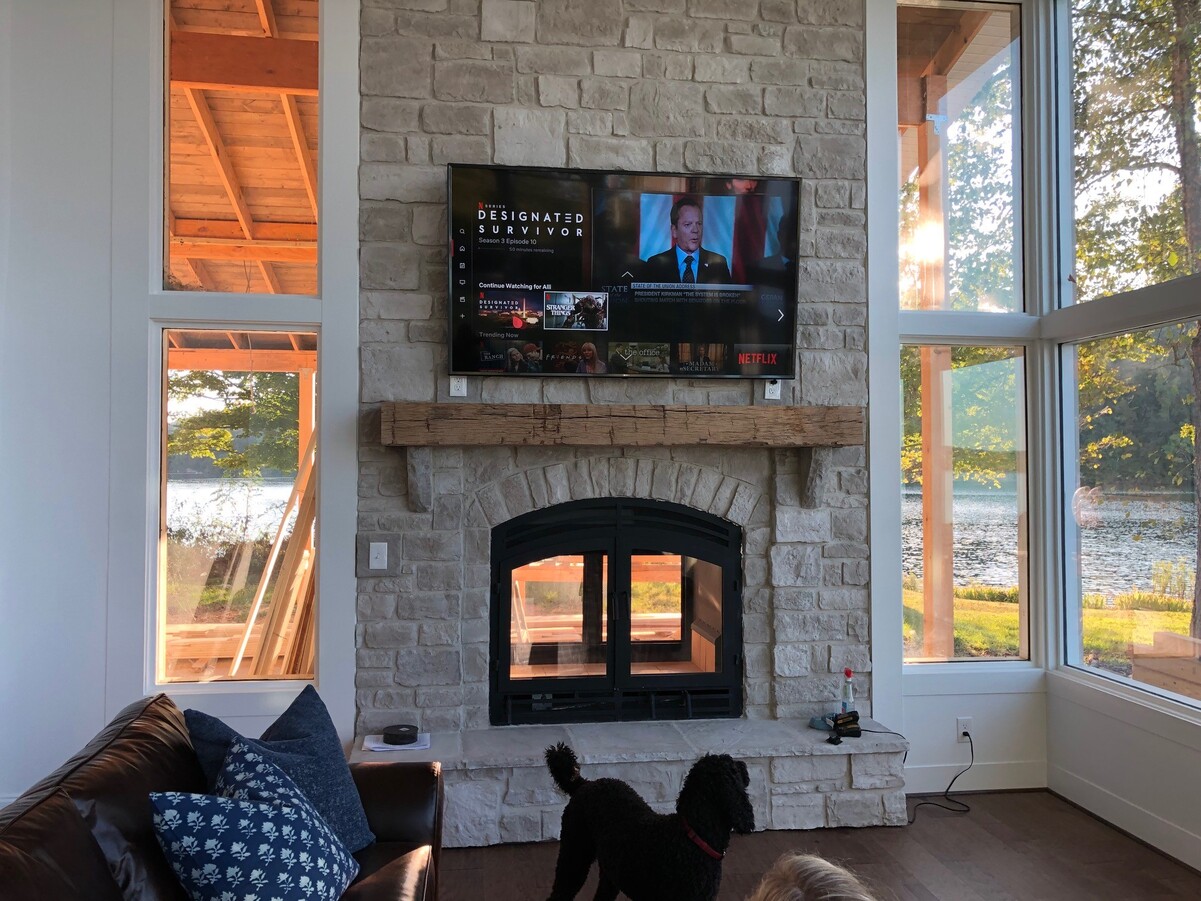
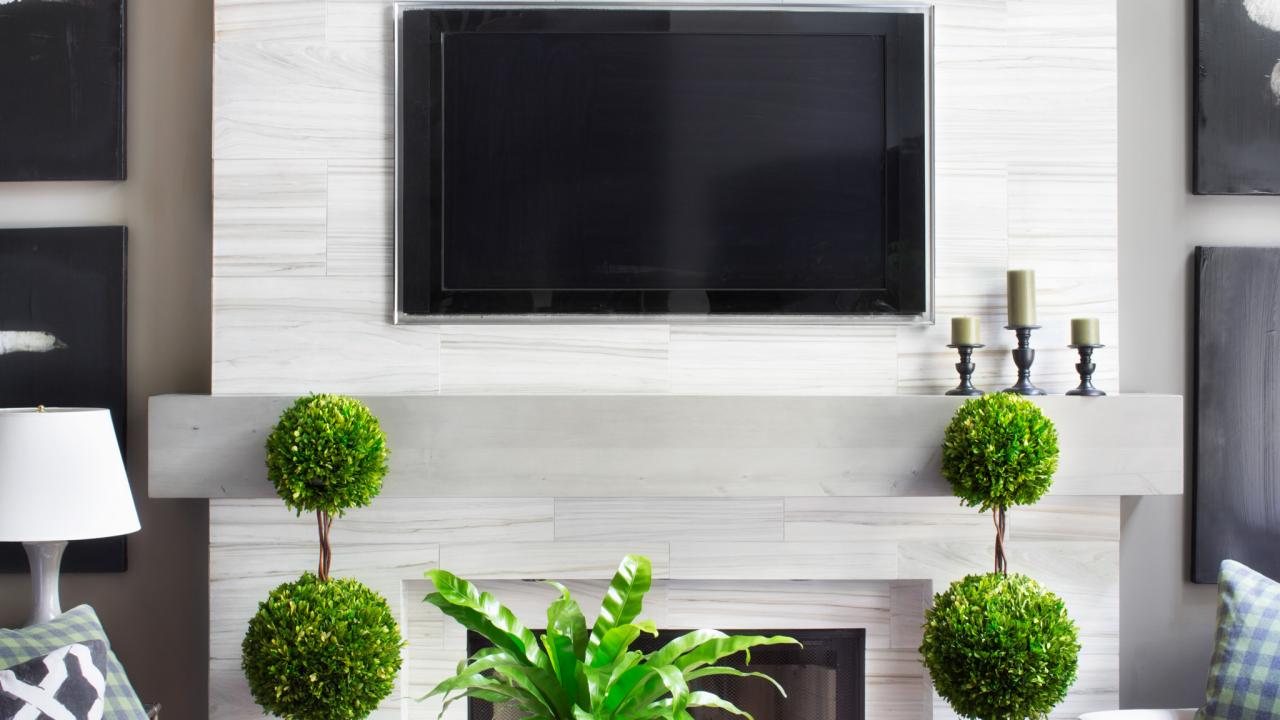
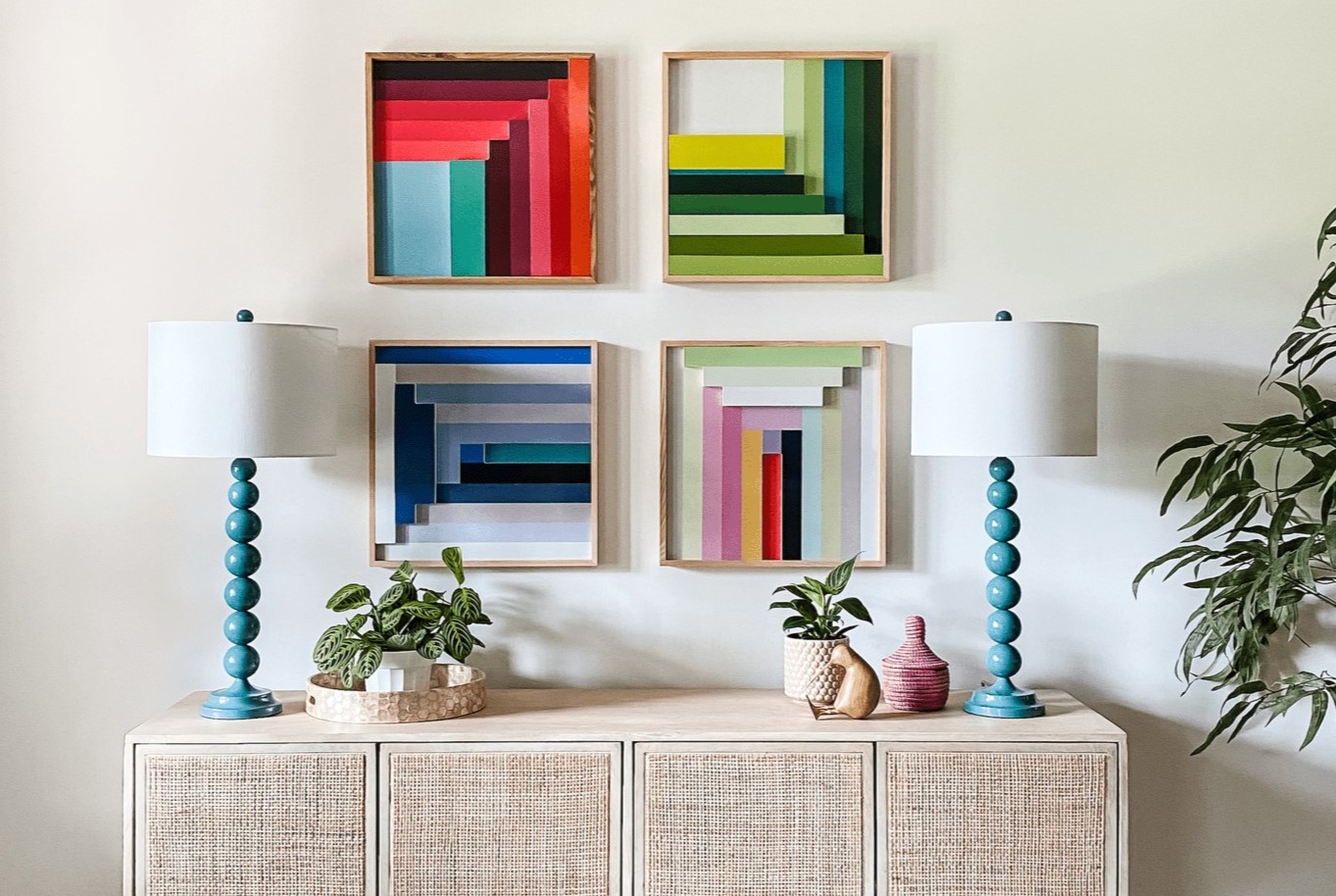
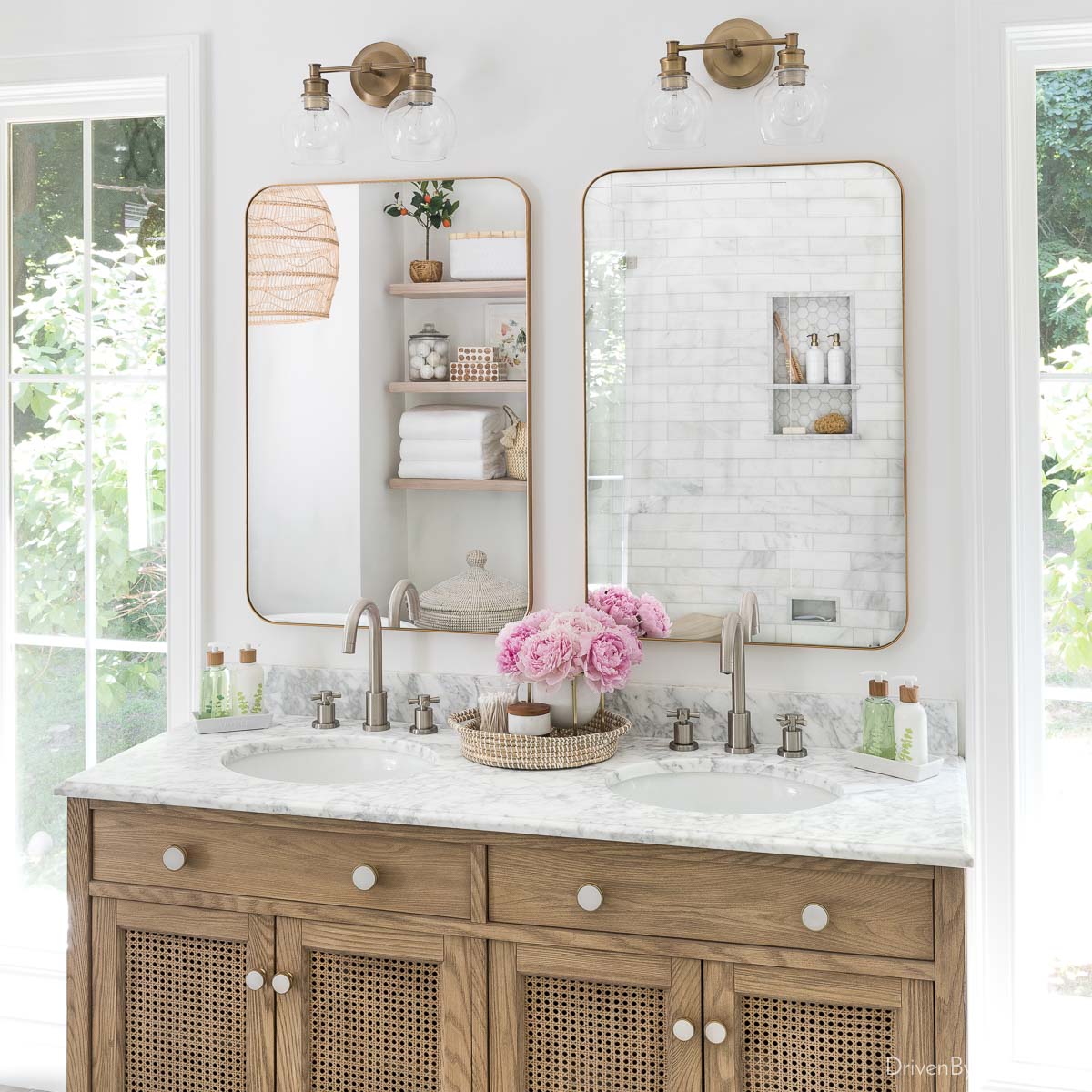
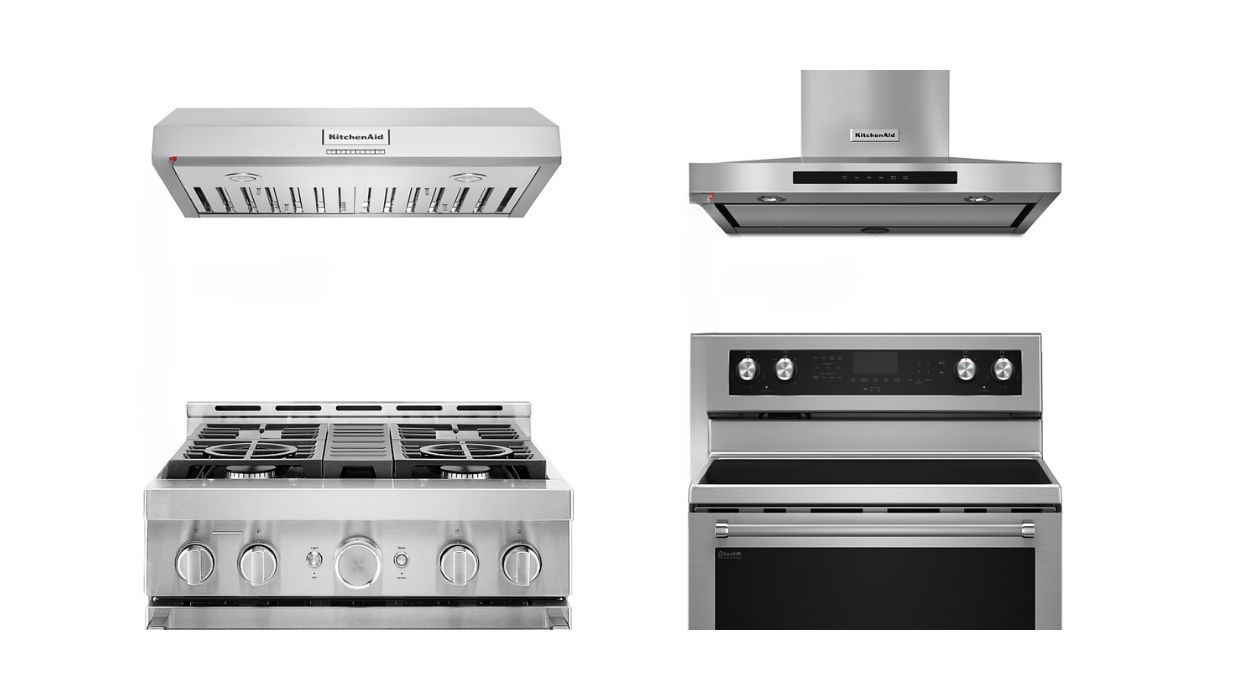
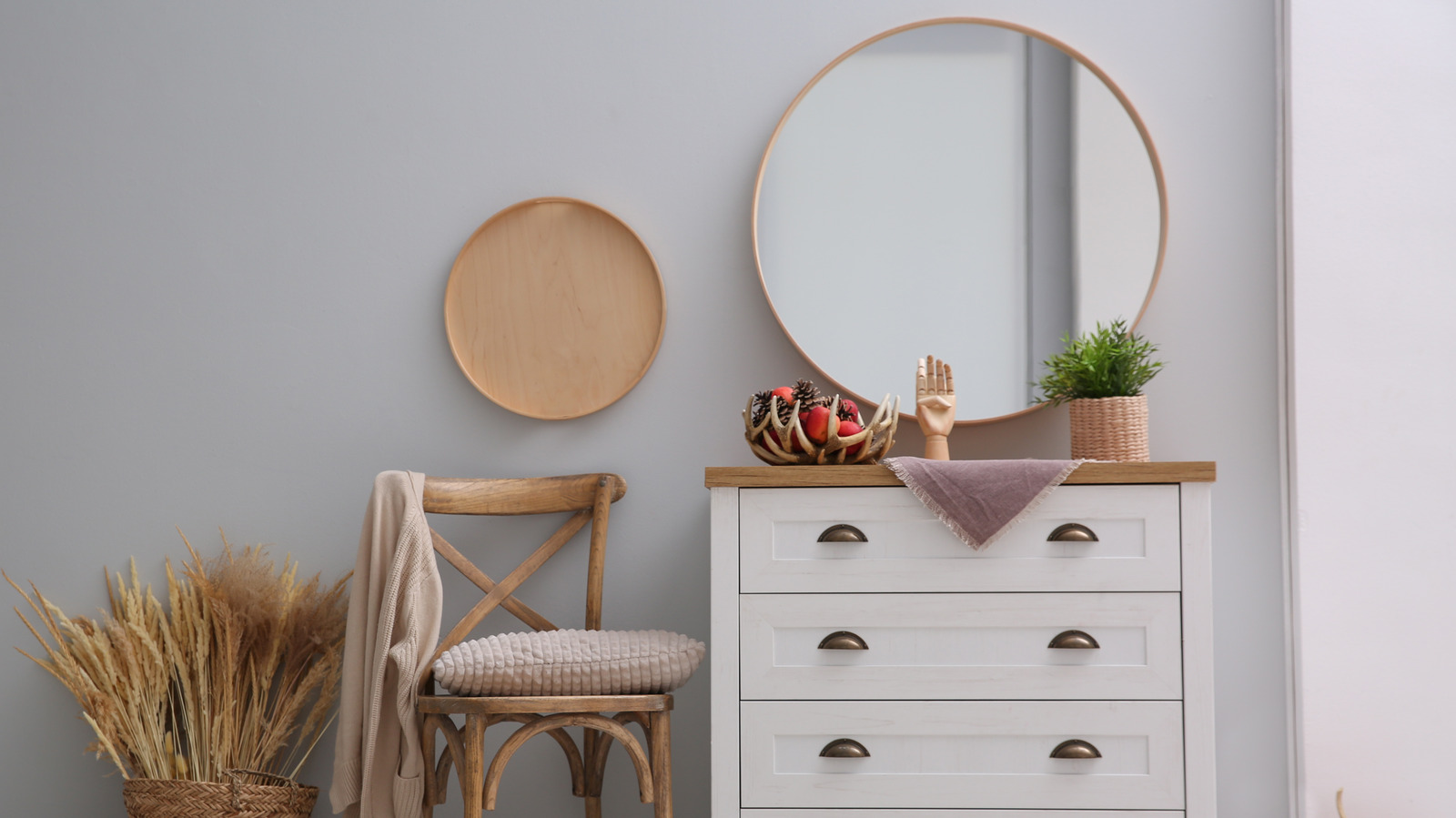
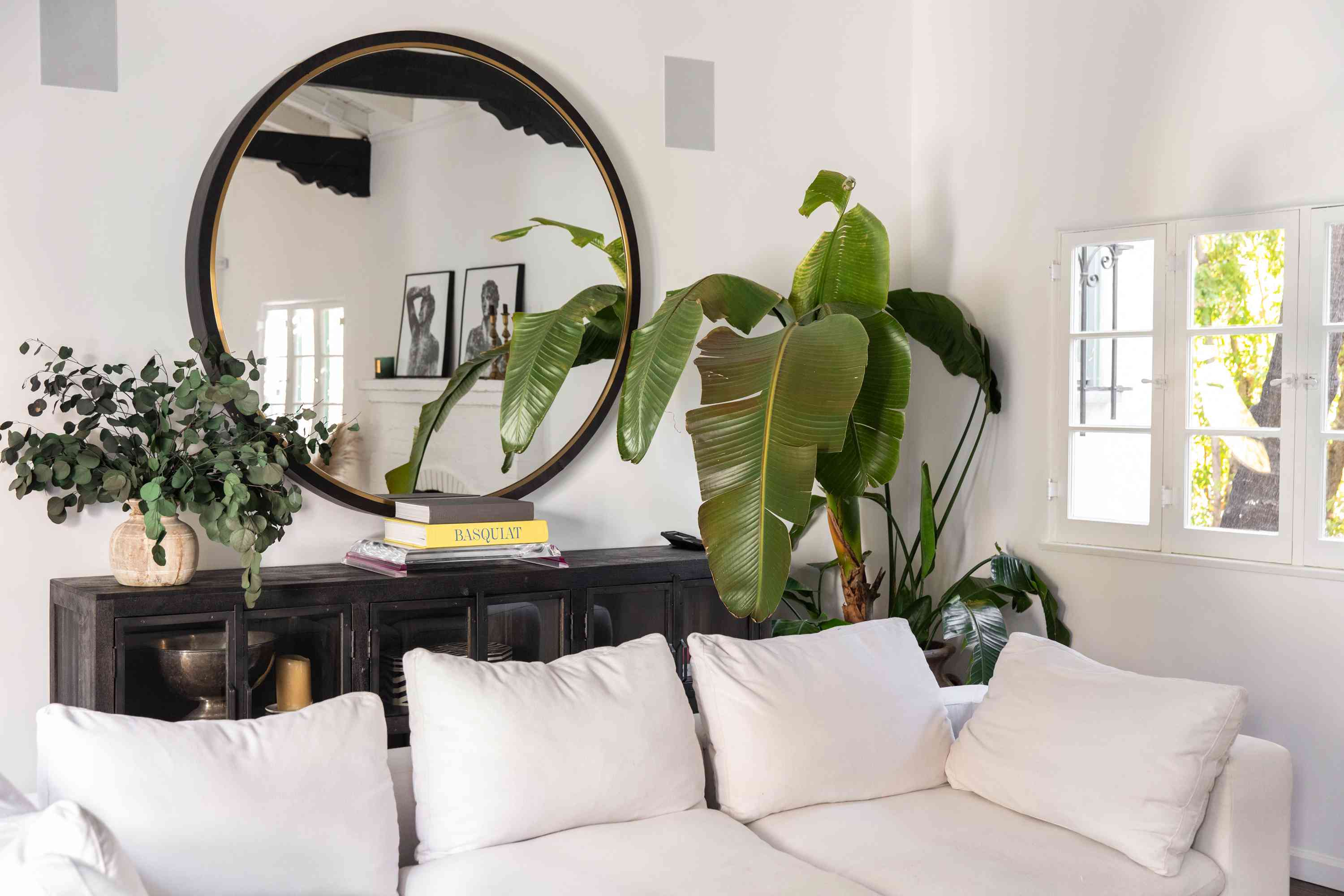
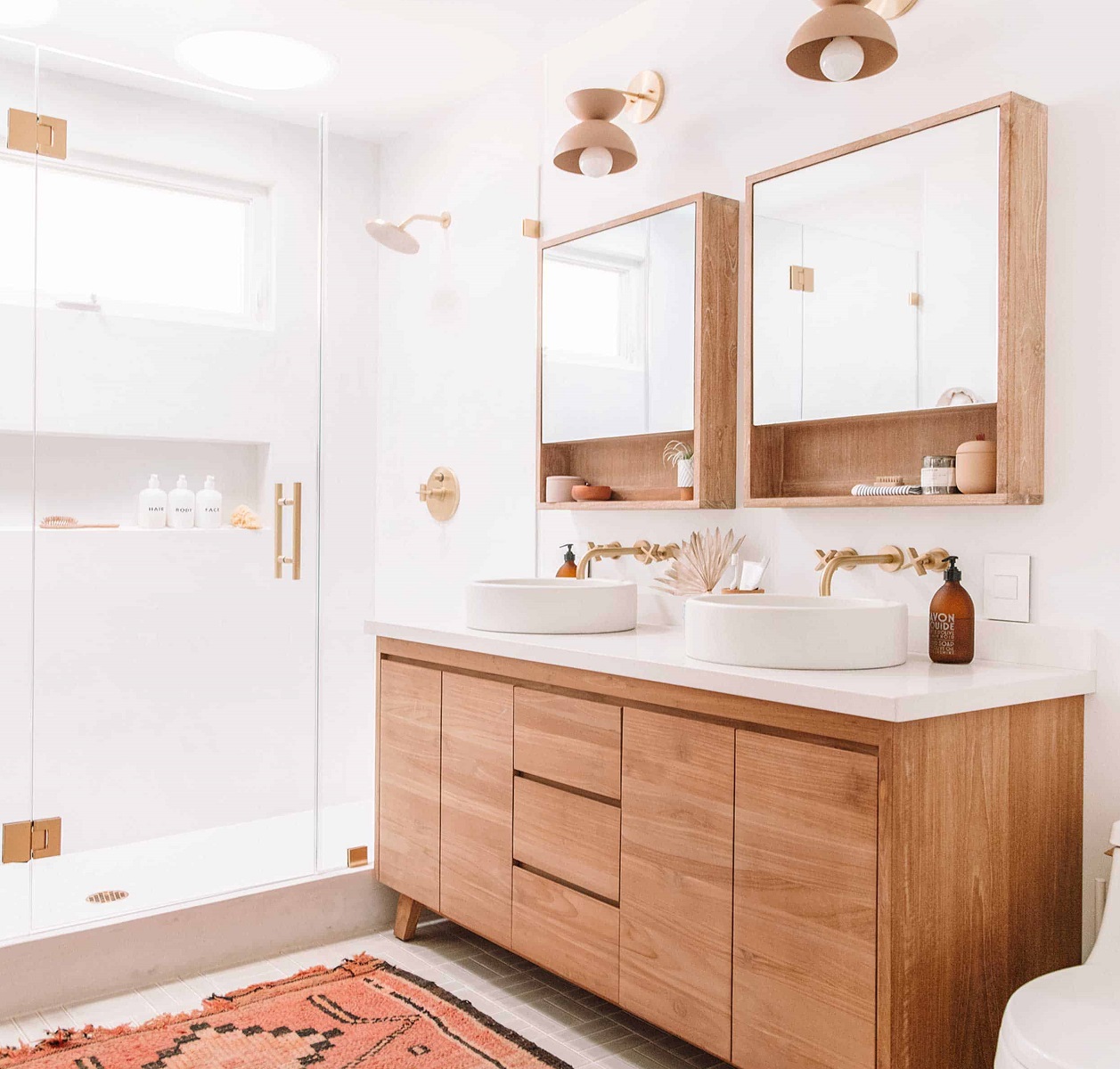
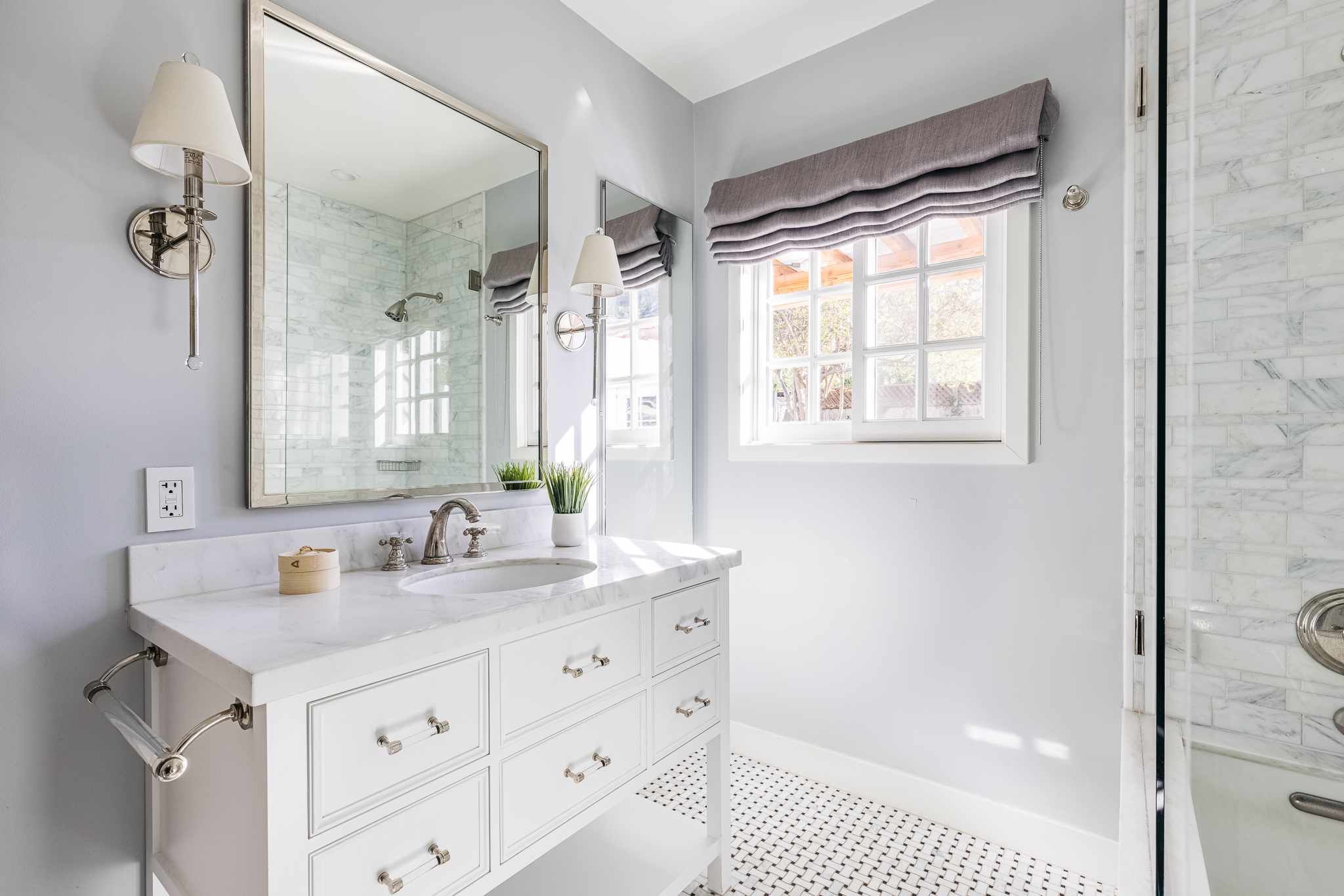

0 thoughts on “How High Should A Light Be Positioned Above A Dining Table?”